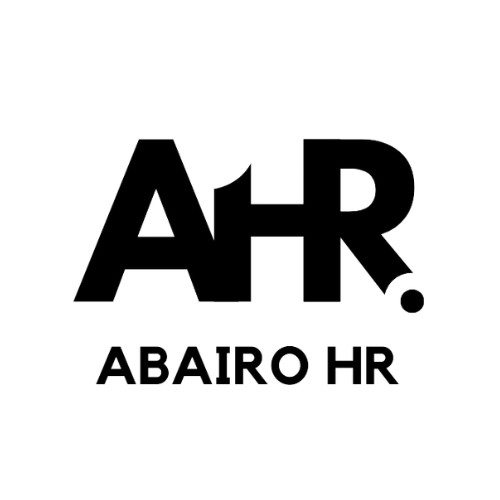5 Metrics Every Recruiter Should Track
For recruiters, success isn’t just about filling positions—it’s about filling them with the right people, efficiently and cost-effectively. Tracking key metrics gives recruiters the insights needed to optimize their hiring strategies, improve candidate quality, and reduce hiring time.
Recruiting the right people for a job can be a difficult task, but using the right metrics can make the process smoother and more effective. Metrics are like a map—they help recruiters understand how well their efforts are working and where they can improve. In today’s competitive job market, it’s crucial to track key performance indicators (KPIs) to make smarter decisions, attract top talent, and improve hiring strategies.
Here are 5 essential metrics every recruiter should monitor to help them improve their recruiting process and achieve success.
Time to Hire
Why It’s Important:
Time to Hire is one of the most critical metrics for recruiters. It measures the amount of time it takes to fill an open position from the moment a job is posted until the offer is accepted by a candidate. A longer hiring process could mean losing top candidates to other companies, while a quicker process may improve your overall hiring efficiency.
How to Track It:
To calculate Time to Hire, simply track the days between when a candidate first applies and when they accept the job offer. Aim for a balance between moving quickly and ensuring the candidate is the right fit for the role.
How to Improve It:
- Streamline the interview process by eliminating unnecessary steps.
- Automate scheduling to save time.
- Use an applicant tracking system (ATS) to manage resumes and keep everything organized.
Example: If a position typically takes 30 days to fill, but your ideal timeframe is 20 days, find ways to speed up the interview process or review resumes more quickly. This can help you land the best candidates before they accept another offer.
Quality of Hire
Why It’s Important:
This metric measures how well new hires perform and fit within the company. It helps ensure you’re attracting candidates who will succeed long-term.
How to Track It:
Monitor performance reviews and gather feedback from managers during the first few months of employment.
How to Improve It:
- Improve job descriptions to attract the right candidates.
- Use structured interviews for better evaluations.
Example: If 50% of your hires perform excellently in their first year, aim to increase that number by refining your recruitment process.
Candidate Satisfaction
Why It’s Important:
A positive candidate experience helps build your employer brand. Candidates who have a good experience, even if not hired, are likely to recommend your company.
How to Track It:
Send post-interview surveys to gather feedback on the candidate’s experience.
How to Improve It:
- Communicate clearly and consistently with candidates.
- Provide timely feedback after interviews.
Example: If 80% of candidates rate their experience positively, aim to improve communication with the remaining 20%.
Cost per Hire
Why It’s Important:
Cost per Hire tracks the total cost of recruiting a new employee, including advertising, agency fees, and technology costs. Monitoring this ensures your recruitment efforts are cost-effective.
How to Track It:
Divide total recruitment costs by the number of hires.
How to Improve It:
- Use cost-effective job boards or employee referrals.
- Leverage internal recruitment options when possible.
Example: If your cost per hire is $5,000, consider ways to reduce that by using cheaper or free advertising platforms.
Offer Acceptance Rate
Why It’s Important:
The offer acceptance rate indicates how many candidates accept job offers. A low acceptance rate may suggest issues with salary, benefits, or company reputation.
How to Track It:
Divide the number of accepted offers by the total number of offers extended.
How to Improve It:
Offer competitive compensation packages.
Clearly communicate job growth opportunities during interviews.
Example: If only 60% of your offers are accepted, review your compensation strategy and candidate experience.
Tracking these 5 metrics helps recruiters refine their processes, improve hiring decisions, and optimize time and cost efficiency. By focusing on Time to Hire, Quality of Hire, Candidate Satisfaction, Cost per Hire, and Offer Acceptance Rate, you can make smarter hiring decisions and build a stronger team.
Start tracking these key recruitment metrics today to streamline your hiring process, improve candidate quality, and reduce costs, ensuring you attract and hire top talent more efficiently.
Let’s Start Something new
Say Hello!
Let’s get the ball rolling! Just fill out the details below, and one of our HR experts will get back to you faster than you can think of an HR question.
